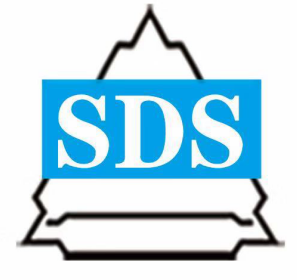Effect of Steel Fiber Properties on Shear Strength of Concrete
Understanding steel fiber
In composite materials, Steel Fiber Reinforced Concrete (SFRC) is a rapidly developing new building material in recent years. It is a scientific research result that is inevitable in the development history of the construction industry. SFRC is a composite material formed by adding multi-directionally distributed short steel fibers to ordinary concrete. Due to the multi-directional distribution of the steel fiber inside the concrete, it is able to effectively prevent the expansion and extension of small cracks inside the concrete and the formation of large cracks.
Therefore, adding steel fibers to concrete can not only enhance mechanical properties such as tensile, shear, bending, wear and crack resistance, but also greatly enhance the anti-fracture toughness and impact resistance of concrete. Steel Fiber Reinforced Concrete has low cost and relatively simple production, so it is widely used in road surfaces, bridge decks, concrete rails, and earthquake-resistant and blast-resistant structural engineering.
Understanding the characteristics of steel fiber and its influence on the shear strength of concrete
Due to the characteristics of steel fibers themselves, they have a certain shear strength on Steel Fiber Reinforced Concrete. The main characteristics of steel fibers include the type, shape, length-to-diameter ratio, and strength of the steel fibers.
In the process of Steel Fiber Reinforced Concrete's shear failure, steel fibers will have a significant impact on the shear strength of concrete. Therefore, the impact of section stiffness and equivalent diameter on the shear strength of high-strength Steel Fiber Reinforced Concrete becomes more significant. The section stiffness and strength of steel fibers are relatively high, and the bonding between milling fibers and the matrix is very firm. In addition, both ends of the fiber have bent hooks, which greatly improve the shear strength of concrete.
For the shear hooked end fibers and the shear long-straight fibers, both fibers are shear-type and the roughness of the surface of the fibers is also very similar. These two fibers play an important role in improving the shear strength of concrete. The shear end-hook fibers have higher shear strength than the shear long-straight fibers.
The equivalent diameter of the cold-drawn steel wire cut-type fiber is the smallest among these fibers, and its section is circular and very smooth. Although the strength of cold-drawn steel wire cut-type fiber is very high, and both ends are equipped with strong bent hooks, this fiber has the smallest shear strength among the four fibers for concrete. Therefore, it can be seen that steel fibers have a very high shear strength against high-strength concrete due to their cross-sectional area. Other inherent characteristics of steel fibers also determine the steel fiber's shear strength of concrete.
 English
English 한국어
한국어 français
français Deutsch
Deutsch русский
русский português
português العربية
العربية tiếng việt
tiếng việt ไทย
ไทย Polska
Polska Nederland
Nederland